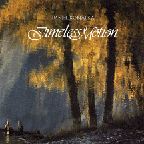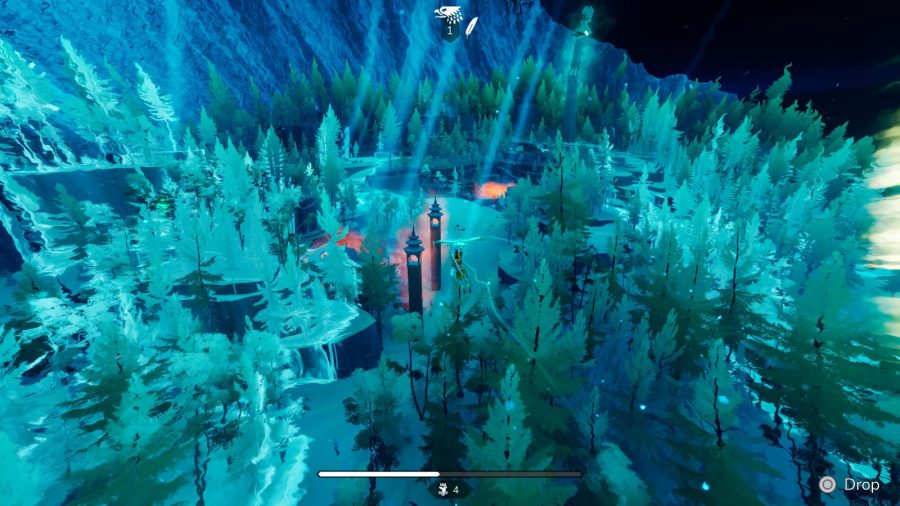

The first break in the poem occurs in line 5 when Frost admits that it is ice storms, not boys, who bend down the birch trees. Right away, however, he admits this is false, saying in line 4, “But swinging doesn’t bend them down to stay.” However, the image of the playful boy is a powerful one for Frost, and he will soon return to it. Lines 1–4įrost opens the poem with an image of the birches bent “left and right / across the lines of straighter darker trees” (lines 1–2) and quickly puts forth one explanation for how they got that way: a boy had been swinging on them. However, the poem does contain several sections that move from naturalistic description to a fanciful explanation of why the birches are bowed, and it concludes with philosophical exploration of a person’s existence in the world. “Birches” is a poem of fifty-nine lines without any stanza breaks. Robert Frost died at the age of eighty-eight on January 29, 1963, in Boston, Massachusetts. He was disappointed that he never received the Nobel Prize for literature. He strongly disliked left-wing politics and programs, such as the New Deal, which earned him the distrust of many literary critics. His marriage was often stormy, and Frost has been accused of being cruel and domineering to his family. Only four of his six children survived to adulthood one of his daughters died after giving birth, another was institutionalized for mental illness, and his son committed suicide.
The pathless extended ending professional#
Kennedy’s inauguration.įrost’s personal life, in contrast to his professional success, was often painful and bitter. In 1961, he was invited to read one of his poems at President John F. He won the Pulitzer Prize for poetry four times.

He rapidly became known as one of the most important American poets of the twentieth century. In 1914, North of Boston, his second book, was published in 1915, when Frost returned to the United States, North of Boston was published there and became a major success, bringing him immediate fame.įrom then on, Frost settled into a career of writing and teaching, holding jobs at several major universities. While in England, he published his first book of poems, A Boy’s Will, in 1913 and was enthusiastically reviewed by the American modernist poet Ezra Pound (1885–1978), who soon made his acquaintance. In 1912, he moved his family to England in order to concentrate on his writing. He married Elinor in 1895 and began attending Harvard as a special student, but he left in 1899 to take up farming to support his family.įrost published a few poems in 1894, and between 18, he wrote articles and poems and worked as a teacher in New Hampshire. He briefly went to Dartmouth College in New Hampshire and worked at a variety of teaching and other jobs. There, Frost attended Lawrence High School where he was the co-valedictorian with his eventual wife, Elinor.įrost was admitted to Harvard but did not have the money to go to school there.

However, he was born in San Francisco, California, on March 26, 1874, and did not move to New England until after the death of his father in 1885 when his mother resettled the family to Lawrence, Massachusetts. Robert Frost is universally identified with New England, his home for many years and the setting for much of his poetry. This tension between what has actually happened and what the poet would like to have happened, between the real world and the world of the imagination, runs throughout Frost’s poetry and gives the poem philosophical dimension and meaning far greater than that of a simple meditation on birch trees. While the poet quickly establishes that he knows the real reason that this has happened-ice storms have weighed down the branches of the birch trees, causing them to bend over-he prefers instead to imagine that something else entirely has happened: a young boy has climbed to the top of the trees and pulled them down, riding the trees as they droop down and then spring back up over and over again until they become arched over.
The pathless extended ending series#
The main image of the poem is of a series of birch trees that have been bowed down so that they no longer stand up straight but rather are arched over.

“Birches,” with its formal perfection, its opposition of the internal and external worlds, and its sometimes dry wit, is one of the best examples of everything that was good and strong in Frost’s poetry. “Birches” was first published in the Atlantic Monthly in August of 1915 it was first collected in Frost’s third book, Mountain Interval, in 1916. Yet, like so much of his work, there is far more happening within the poem than first appears. “Birches” is one of Robert Frost’s most popular and beloved poems.


 0 kommentar(er)
0 kommentar(er)
